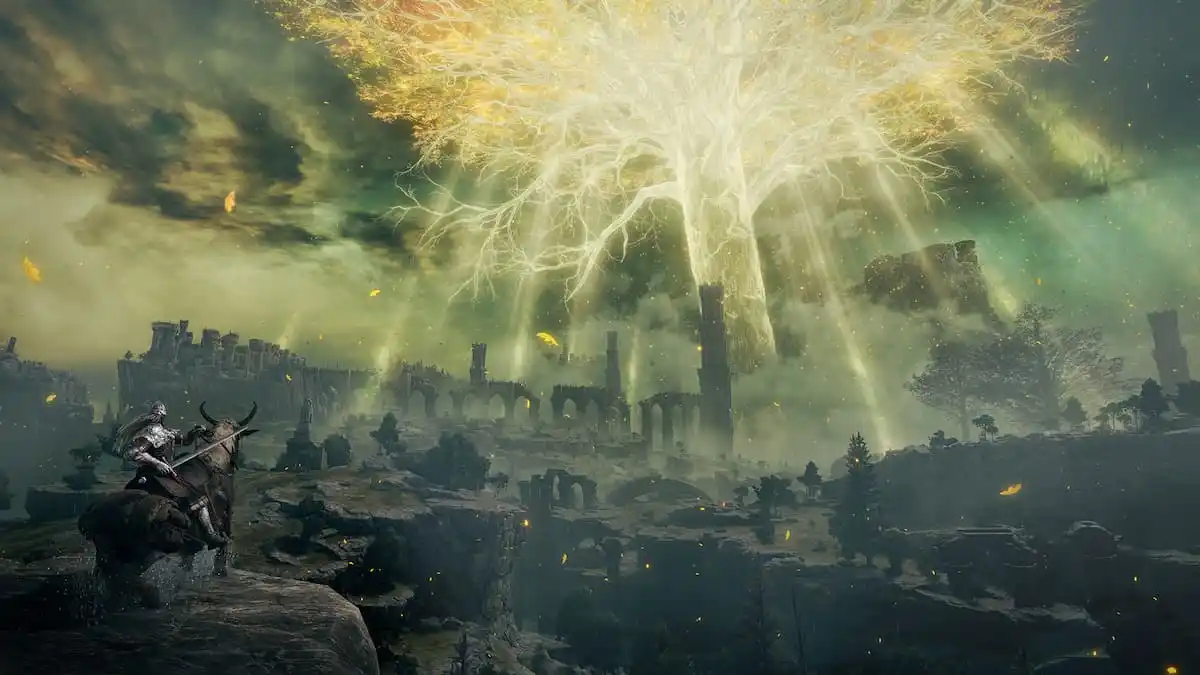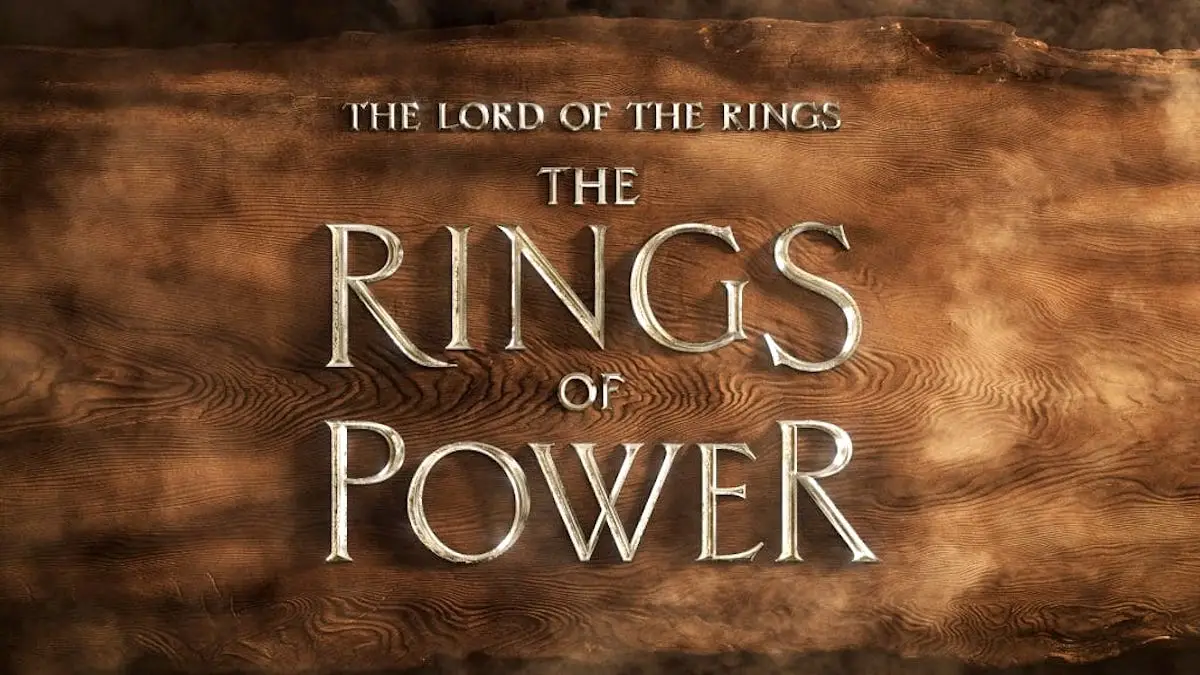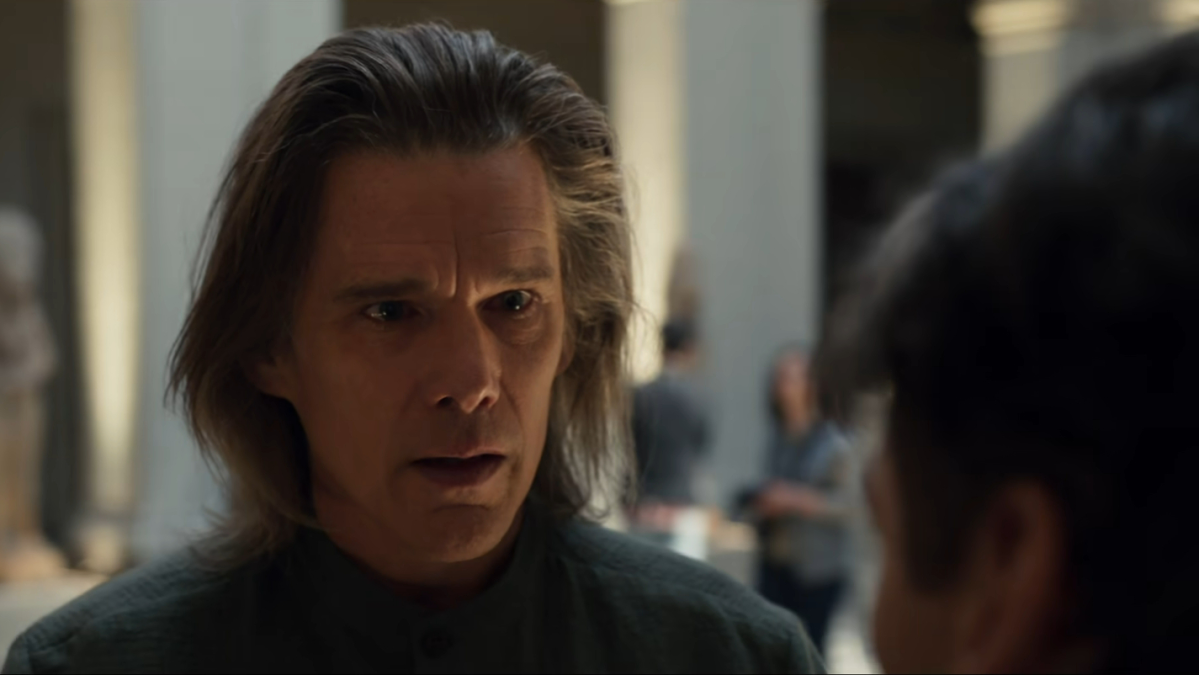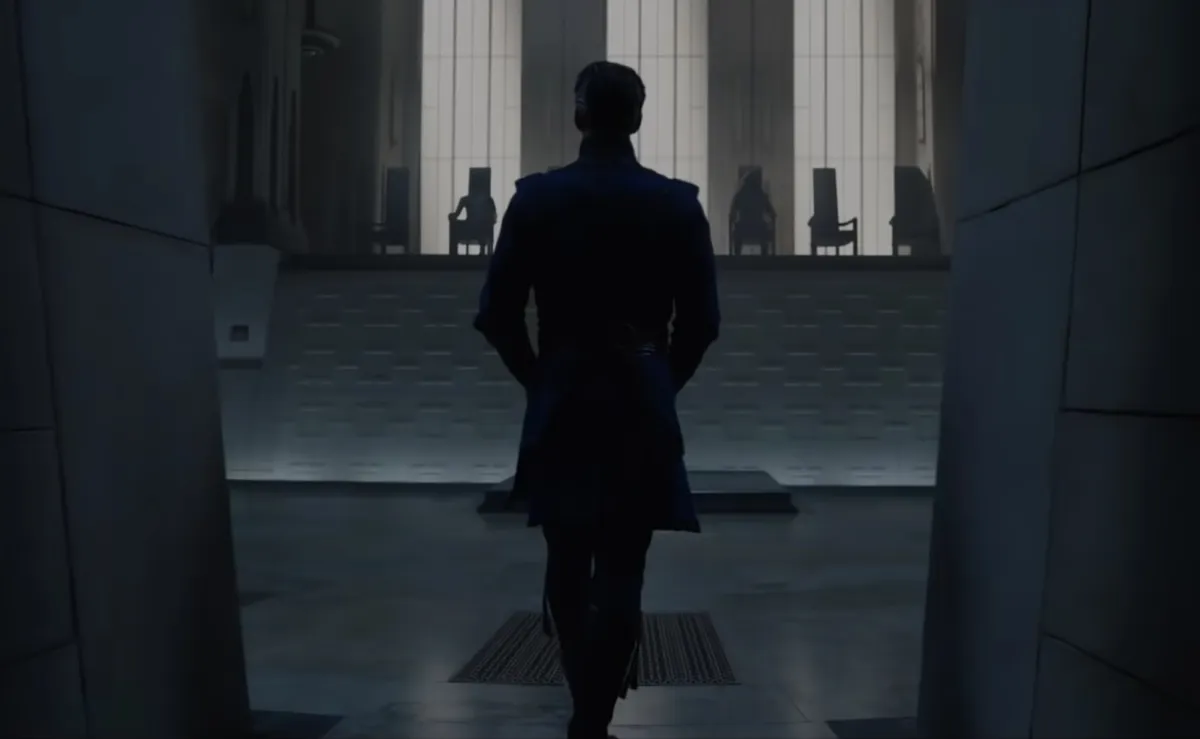Subtext can arise apart from a creator’s intention. But sometimes it is purposefully woven in with the main story, resulting in a richer narrative whole. Such was the case with Tolkien, in which scenes suggest there could be layers to Tolkien’s friendship with poet Geoffrey Bache Smith. I spoke with director Dome Karukoski to find out more.
***Spoilers for Tolkien***
If you’re not on a constant lookout for queer representation, it’s possible that the portrayal of Geoffrey Bache Smith’s feelings for J.R.R. Tolkien didn’t leap out at you from the screen. It’s quietly wrought. The first indication that Smith is being coded as queer comes when young Smith writes a poem about the love of comrades that his friends praise as “Greek in a way.” Later, at Oxford, Smith consoles Tolkien after he learns that his beloved Edith is engaged to someone else. Smith gives a moving speech about the purity of unrequited love while gazing meaningfully at his best friend.
At its heart, Tolkien is also framed around Tolkien’s fevered search for Smith in the WWI trenches of the Somme. Smith—and the eventual reveal of his death—are the emotional center of the movie, the topic on which we begin and end. It’s only once Tolkien is certain that his lost friend’s book of poetry will be published that he seems able to move on with his own life and writing. While the film doesn’t suggest that Tolkien felt more than profound friendship for Smith, it appears to go out of its way to imply that the unrequited love speech from Smith could be reflective of his feelings for Tolkien.
I wanted to be certain that I was interpreting this as intended, so I asked director Dome Karukoski about it during a press day for Tolkien in New York City. We had just come from a tour of the Morgan Library’s exhibition on Tolkien’s life and works, a gorgeous showcase of the author’s illustrations, letters, manuscripts, photos, and other memorabilia.
Karukoski spoke in conjunction with the curator of the exhibit, explaining some of the visual and creative decisions made for the movie, and how they correlated with Tolkien’s work. It was there that I came to appreciate the depth of Karukoski’s dedication to Tolkien (he was an ardent fan of his work since age 12). He had doggedly done all the research imaginable on both the man and Middle-earth. The amiable Finnish director made himself available to answer all of our questions. First on my list were the implications of some of the scenes between Smith and Tolkien.
“I thought there was a sort of gentle subtext that Geoffrey might have had feelings for Tolkien,” I said. “He gives the speech about unrequited love, and I was wondering if there was a historical basis to that, or if it was something you added.”
“The thing is that Stephen Beresford, one of our writers, is gay, and he read all of the letters and all of the poems, and he was like, 100% fact that Geoffrey was gay,” Karukoski told me. “We can’t claim that. When I read the letters, I thought, what if this was just a very, very intimate friendship. So we kind of portrayed it that way. So that it would be honest to Geoffrey Smith, that if he had feelings toward Tolkien, kind of that comes [through in the movie].”
After reading the entirety of Smith’s letters to Tolkien, as well as his poetry, screenwriter Beresford was convinced about Smith’s sexuality. The creatives were well aware that they can’t make any such claim, without evidence, as a textual assertion. But they could allow for the possibility for Smith in subtext.
It’s a refreshing change from the usual complete glossing-over and erasure of queerness in historical adaptations and interpretations. This has thankfully come under more scrutiny, even ridicule, in recent years—how historians and creatives like to assert that deep attachment and effervescent affection expressed in letters or other works are solely the product of a “romantic friendship” or “just how they talked back then.” As though there could not also be queer folks in those eras expressing themselves and their truths in the same way.
But instead of what feels like the default “we can’t say for certain that he’s gay, so he must be straight,” Tolkien, with Smith’s characterization, instead allows for, “we can’t say for certain that he’s gay, but what if he was? How might that be represented? How can we be true to a variety of interpretations and possibilities about a person?”
Inverse has a piece on how the “bromances” in Tolkien do well with dispersing toxic masculinity, which I agree is a great thing to see onscreen. Tolkien and his T.C.B.S. “fellowship” friends are affectionate and emotional with one another in a way that is rare enough to see depicted between men, especially in a movie rooted in old-fashioned conventions and wartime. As for Tolkien and Smith:
“Tolkien recognized a kindred spirit in him, someone who was a soul mate for him,” Anthony Boyle, who plays Smith in Tolkien, tells Inverse. “I think when you look at [Smith’s] last act on Earth: he was hit with shrapnel and what he chose to do is write a letter to Tolkien. I think that is the most beautiful act of love there is. If you were dying, who’d be your first call? That was his, and I think there’s something really special about that.”
As well-intentioned as Inverse’s praise of “bromance” is, however, it’s also possible that there can really be, well, romance sometimes as part of that “bromance.” In an interview with The Standard, Anthony Boyle was more frank about the matter of “writing people out of history” if we don’t prop open the door to alternative interpretations and representation:
The relationship between Smith and Tolkien is certainly hinted to be something more. “You want to make the art, not comment on it, and leave it up for other interpretations,” says Boyle. “But when you look at the letters between Geoffrey and Tolkien, I found, as did Stephen Beresford [co-writer of the screenplay] that a lot of the language used is romantic, the way they write to one another. And Geoffrey’s last act on Earth, after he was hit by shrapnel, was to write a letter to Tolkien, not to his lover, not to his sweetheart — his last act as he was dying was to write a letter to Tolkien.”
He pauses. “Stephen said something brilliant — it’s not taking a liberty with this character, there’s no direct proof that he was in love with him, but if we don’t follow our nose when these clues are given to us then we’re writing these people out of history.”
There’s no way that we’ll ever know “the truth” about Geoffrey Bache Smith’s feelings, but I appreciate Tolkien‘s willingness to acknowledge that they may well have existed. What we do know from their letters and writing is that he and Tolkien had a profound, loving connection, and that both of them were truly gifted artists.
While Tolkien was able to bring his gifts to bear in the world, Smith died during World War I at age 22 in 1916. It’s my hope that Tolkien will alert new readers to Smith’s only published book of poetry, A Spring Harvest, with its 1918 preface by Tolkien. In the end, finding A Spring Harvest, which I read at once on the train home after Tolkien, has been one of my favorite takeaways from the movie.
“May God bless you my dear John Ronald,” Smith wrote to Tolkien from the battlefield, “and may you say things I have tried to say long after I am not there to say them if such be my lot.” I believe that we can honor them both by continuing to read and share the work that drove them.
Geoffrey Bache Smith’s A Spring Harvest is free at Project Gutenberg or available on Amazon, if you like to hold books in your hands. Tolkien’s foreword follows here.
The poems of this book were written at very various times, one (“Wind over the Sea”) I believe even as early as 1910, but the order in which they are here given is not chronological beyond the fact that the third part contains only poems written after the outbreak of the war. Of these some were written in England (at Oxford in particular), some in Wales and very many during a year in France from November 1915 to December 1916, which was broken by one leave in the middle of May.
“The Burial of Sophocles,” which is here placed at the end, was begun before the war and continued at odd times and in various circumstances afterwards; the final version was sent me from the trenches.
Beyond these few facts no prelude and no envoi is needed other than those here printed as their author left them.
J. R. R. T.
1918.
(image: Fox Searchlight Pictures)
Want more stories like this? Become a subscriber and support the site!
—The Mary Sue has a strict comment policy that forbids, but is not limited to, personal insults toward anyone, hate speech, and trolling. If you purchase something through our links, The Mary Sue may earn an affiliate commission.—









